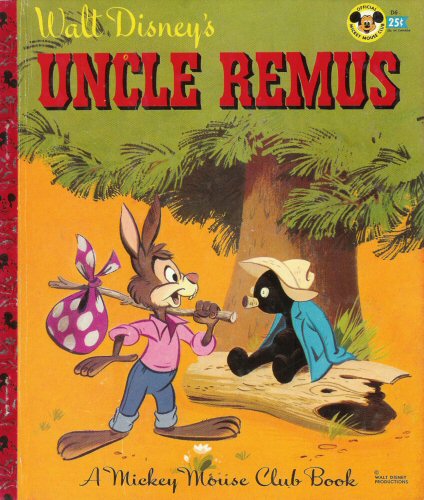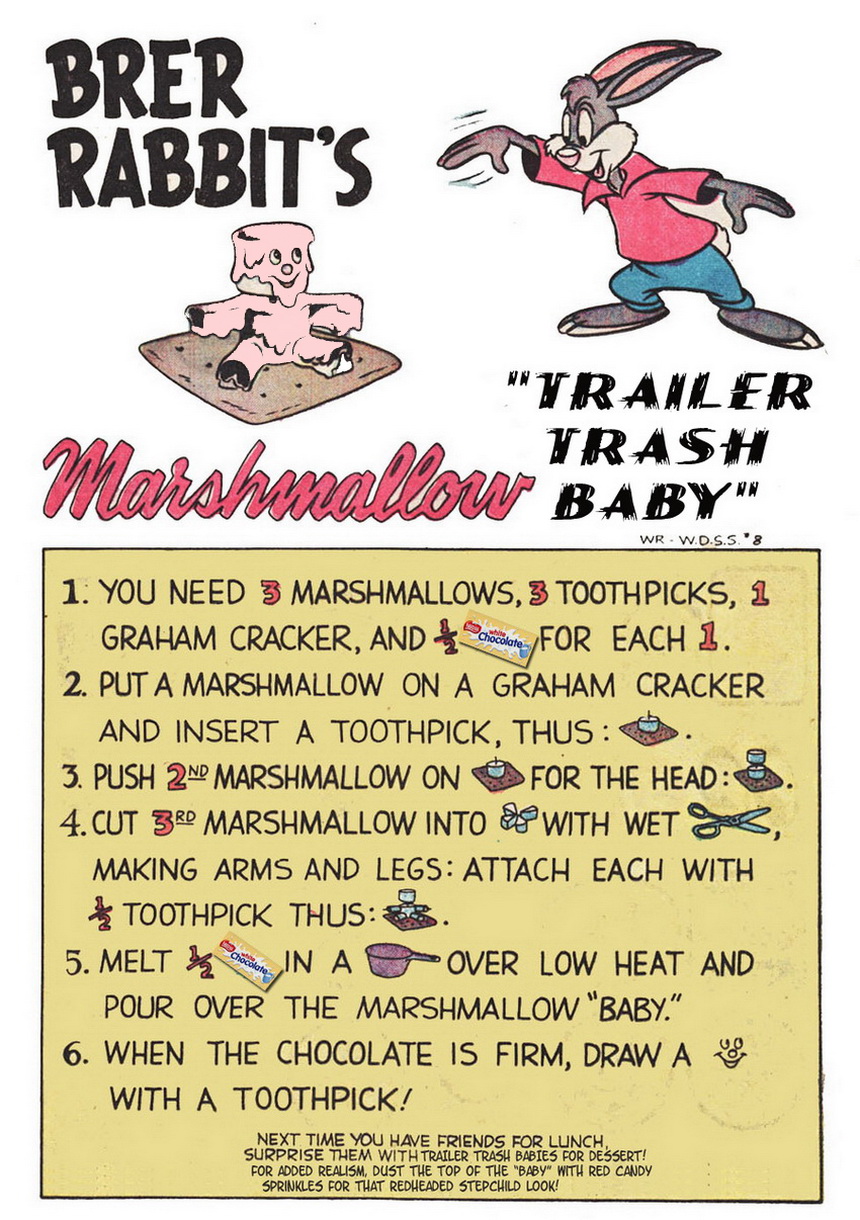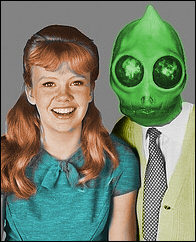 A long time ago someone at Disney had the great idea that old American folk tales done in an animated style would make a great movie. The result was the 1946 live action and animated film Song of the South. Unfortunately, Hollywood and America of the 1940s was hardly a positive example of racial sensitivity and the execution of the Uncle Remus tales the film was based upon was, in hindsight, terribly managed. The main and wholly accurate complaints with the film is the depiction of African slaves as being happy, content and grateful for their subjugation. Caricatures that were fashionable and acceptable in popular entertainment of the era are numerous. Because of the way people were depicted and in spite of any artistic merits the film may contain it has not been fully released for the home audience in the intervening decades and only appears in the United States in heavily edited versions.
A long time ago someone at Disney had the great idea that old American folk tales done in an animated style would make a great movie. The result was the 1946 live action and animated film Song of the South. Unfortunately, Hollywood and America of the 1940s was hardly a positive example of racial sensitivity and the execution of the Uncle Remus tales the film was based upon was, in hindsight, terribly managed. The main and wholly accurate complaints with the film is the depiction of African slaves as being happy, content and grateful for their subjugation. Caricatures that were fashionable and acceptable in popular entertainment of the era are numerous. Because of the way people were depicted and in spite of any artistic merits the film may contain it has not been fully released for the home audience in the intervening decades and only appears in the United States in heavily edited versions.
One of the more popular sequences was The Tar Baby, a tale in which the character of Brer Rabbit escapes from predators using reverse-psychology. For the uninitiated and anyone who grew up outside of the South after 1970 the term "Tar Baby" is a pejorative in relation to African-Americans. As a child in the late 60s watching this film in the drive-in I had no idea that the sticky trap represented anything other than what it appeared to be. In the Disney universe of walking, talking intelligent animals I didn't see anything unusual with Brer Rabbit engaging an inanimate object in conversation and expecting a reply. It is unlikely that the creators and audiences of the 40s thought the same and knew exactly what the sticky trap was supposed to represent, which is only one of the reasons the film was eventually pulled from syndication.
The marketing and exposure for some some sequences continued unabated. Stripped away from negative associations the fun and bouncy song Zip-A-Dee-Doo-Dah has regularly appeared in music collections and on various video releases since it was originally issued. Yet the mistakes of the past had a way of repeating into more contemporary times in spite of the decisions to suppress the less enlightened and insulting aspects of the film.
In 1958 Walt Disney's Silly Symphonies #8, under the Dell imprint, published a recipe for a "Tar Baby" treat as a one page fun feature. The snack, which kids could make at home or (I shudder to think)  school, was a marshmallow creation covered with dark chocolate that resembles the sticky trap that Brer Rabbit ran afoul of in the Song of the South feature. In 1946 sheer ignorance and marketing inertia could explain the promotion of stereotyped caricatures of African-Americans though it would have been a little harder to justify in 1958. It could only have been utter stupidity when the decision was made to include the one-page recipe feature and reprint it in 1975 in Walt Disney's Showcase #28. By the 1970s everyone involved should have known better.
school, was a marshmallow creation covered with dark chocolate that resembles the sticky trap that Brer Rabbit ran afoul of in the Song of the South feature. In 1946 sheer ignorance and marketing inertia could explain the promotion of stereotyped caricatures of African-Americans though it would have been a little harder to justify in 1958. It could only have been utter stupidity when the decision was made to include the one-page recipe feature and reprint it in 1975 in Walt Disney's Showcase #28. By the 1970s everyone involved should have known better.
In the interest of parity I changed the recipe to make it more representative of the contemporary South and included it in this post, which you can click on to make double-wide size for easy viewing. For those who prefer the "warts and all" approach to history the original can be viewed here.
Note for people with IQ equal to their shoe size: Original recipe for educational purposes only. Please do not print out and share with your Cousin-Spouses, pals in the unemployment line or distribute at Sunday school gatherings.
Saturday, August 08, 2009
Not shown: Nursing bottle filled with cola
Subscribe to:
Post Comments (Atom)



























Funny, the tar baby story isn't just a traditional American Southern story, it's a traditional African story. In African stories the rabbit is the tricksy one, so the tar baby story is of the rabbit finally getting what's coming to him -- until, of course, he talks his way out of that too.
ReplyDeleteYes, brought over and co-opted. A few similar stories appear here and there throughout history.
ReplyDeleteI actually have that book, the one at the top of the post. I have positive feelings toward an recipe that has chocolate in it. ;o)
ReplyDeleteWell, as a white Southern Christian isolationist child I *of course* saw Songs of the South and loved it. Granted, I was born in 1983 so people really should have known better, but racism lives longer and more openly here. Oh, and I lived in a trailer :) Great post.
ReplyDeleteI love the story of the briar patch and I've always loved the B'rer Rabbit character. I was watching old Merry Melodies online with my kid last night and I was blown away by how sexist and racist the cartoons we grew up on were.
http://video.google.com/videoplay?docid=-8484330088658367590&ei=tLGESqKeGI3uqQKBkYmnDg&hl=en
Without a doubt. But children don't know what racism is and have to be taught. They grow with no expectations or prejudices until someone tells them to behave a certain way.
ReplyDelete"In 1958 Walt Disney's Silly Symphonies #8, under the Gold Key imprint"
ReplyDeleteGold Key wasn't around until 1962. Perhaps you meant Dell?
Dell, thanks. Looked right at that cover and typed Gold Key.
ReplyDeleteAs far as SONG OF THE SOUTH itself, I got a copy about 20 years ago and the next day I asked every African-American person at work if they'd be offended by it. Most wanted me to make them a copy, some started singing the songs, others told how much they enjoyed it when they were little. I think people are heartier than Disney thinks they are and can take the good parts while leaving the rest in historical context. Most people anyway.
ReplyDelete